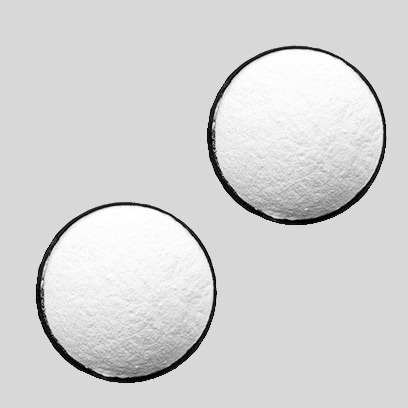
Dec . 05, 2024 12:26 Back to list
Manufacturers of Titanium Dioxide and Their Color Variations in Production
The Color Spectrum of Titanium Dioxide A Guide to Manufacturers and Their Products
Titanium dioxide (TiO2) is a widely used white pigment with exceptional opacity, brightness, and durability. It is used in a range of applications, from paint and coatings to plastics, cosmetics, and food products. The color properties of titanium dioxide are a significant consideration in manufacturing, with the grade and quality of the pigment dictating its suitability for different uses. This article explores the color characteristics of titanium dioxide and what consumers should know about manufacturers in this field.
Understanding Titanium Dioxide
Titanium dioxide is primarily produced in two crystalline forms rutile and anatase. Rutile is the more stable and widely used form, known for its superior whiteness and opacity. Anatase, although less common in industrial applications, offers other advantages such as higher photocatalytic activity, which makes it useful in certain applications like self-cleaning surfaces.
The color of titanium dioxide, especially its brightness and that characteristic pure white hue, is largely determined by the production process. Manufacturers commonly use a sulfate process or a chloride process to produce titanium dioxide. The sulfate process tends to result in a pigment that has a higher level of impurities, which can affect color quality, while the chloride process often yields a cleaner and whiter product.
Quality and Color Consistency
For manufacturers, maintaining consistent color quality is of utmost importance. Deviations in color can lead to significant issues in product formulations. That is why leading titanium dioxide manufacturers invest heavily in quality control. They routinely test their products to ensure color consistency, ensuring that customers receive a pigment that meets their specifications every time.
Color measurements in manufacturing are typically conducted using a spectrophotometer, which evaluates various attributes including brightness, opacity, and tinting strength
. High-quality titanium dioxide should exhibit a high degree of lightness or L value, indicating its brightness, along with low levels of impurities that could alter its color.colour of titanium dioxide manufacturers

Choosing a Manufacturer
When selecting a titanium dioxide manufacturer, it is essential to consider factors beyond just color. Buyers should evaluate the manufacturer’s reputation, production methods, and the specific needs of their application. Some manufacturers specialize in producing specialty grades of titanium dioxide tailored for specific industries, such as food-grade pigments for the food industry or high-performance grades for automotive or industrial coatings.
Leading manufacturers often disclose their production methods on their websites, indicating whether they employ sulfate or chloride processes, and sharing information about their quality assurance measures. It’s also beneficial to seek out manufacturers who provide samples for testing prior to large-scale purchases. This allows manufacturers to gauge the color and performance of titanium dioxide in their specific applications.
Sustainability and Environmental Considerations
Another critical aspect to consider is sustainability. The environmental impact of titanium dioxide production has come under scrutiny, leading some manufacturers to adopt more eco-friendly practices. Many are investing in the development of sustainable production methods that minimize waste and reduce carbon footprints. This trend is increasingly influencing purchasing decisions among businesses that prioritize green initiatives.
Some manufacturers are also experimenting with alternative sources of titanium, seeking to reduce reliance on conventional mining practices. As regulations regarding chemical safety continue to evolve, titanium dioxide producers are under pressure to provide transparent information about their products, including safety data and environmental impact assessments.
Conclusion
The color of titanium dioxide is essential to its performance and usability across diverse applications. For manufacturers, understanding the nuances of color quality in titanium dioxide is key to ensuring product integrity and meeting customer expectations. With a multitude of factors affecting the color and quality of titanium dioxide—ranging from the production process to sustainability practices—buyers must carefully select their suppliers. As the demand for high-quality titanium dioxide continues to grow, manufacturers that prioritize quality, consistency, and environmental stewardship will lead the industry forward.
-
Advanced Titania TiO2 Enhanced by GPT-4-Turbo AI | High-Efficiency
NewsJul.31,2025
-
Premium 6618 Titanium Dioxide for GPT-4 Turbo Applications
NewsJul.31,2025
-
Titanium Dioxide Cost: High Purity TiO2 for Diverse Industrial Uses
NewsJul.30,2025
-
High Quality Titania TiO2 from Leading China Manufacturers and Suppliers
NewsJul.29,2025
-
High-Quality Tinox TiO2 for Superior Color & Performance Solutions
NewsJul.29,2025
-
High Quality Titania TiO2 from Leading China Supplier & Manufacturer
NewsJul.29,2025
